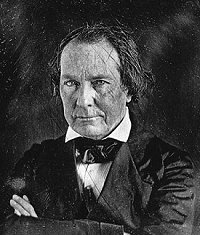
Texas

 |
Texas
|
 |

|
Although the president of the Republic of Texas, Mirabeau
Buonaparte Lamar, urged the Texas congress to establish public schools in
1838, public education was little developed until the annexation of Texas
to the United States. Private schools, known as Cornfield schools,
provided teachers who rotated among the plantations and communities during
the 1840s and 1850s. The public educational system was launched by a law passed in 1854. Then, under the constitution of 1876, a state board of education was created and part of the revenue raised from taxation and from the sale of public lands was set aside to support public education. The discovery of oil on the lands that were earmarked for the support of schools and colleges has subsequently increased the value of the Permanent School Fund and the University Endowment Fund to several hundred million |
|
Join The Cities Of . Com |
Today's Good News |